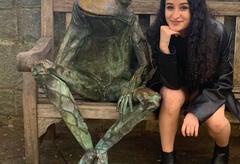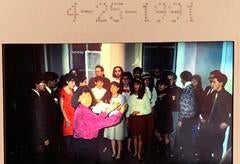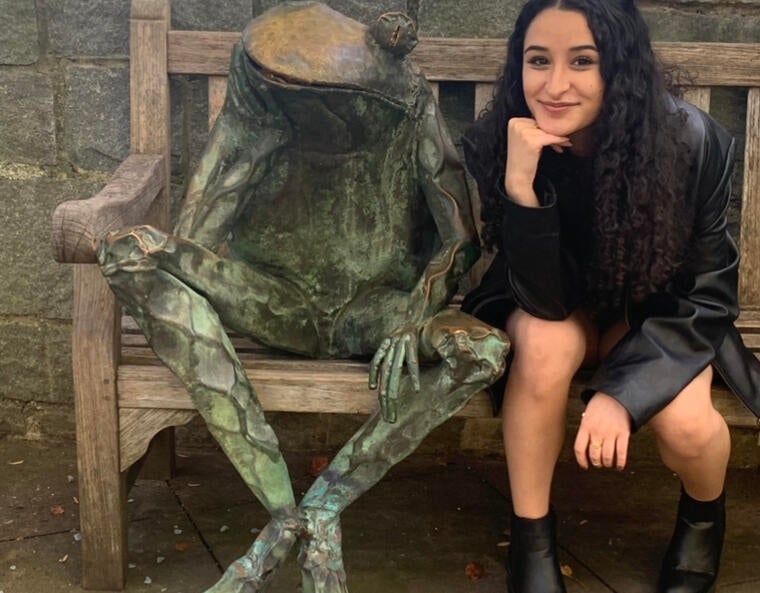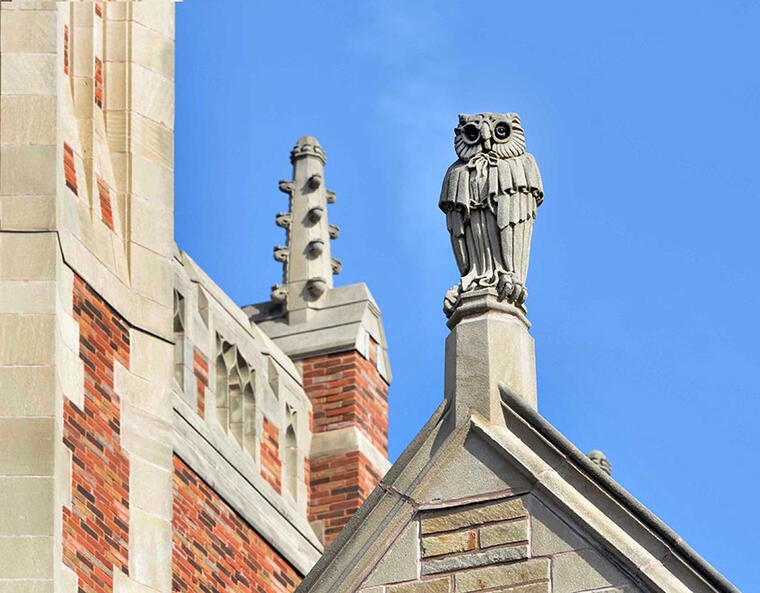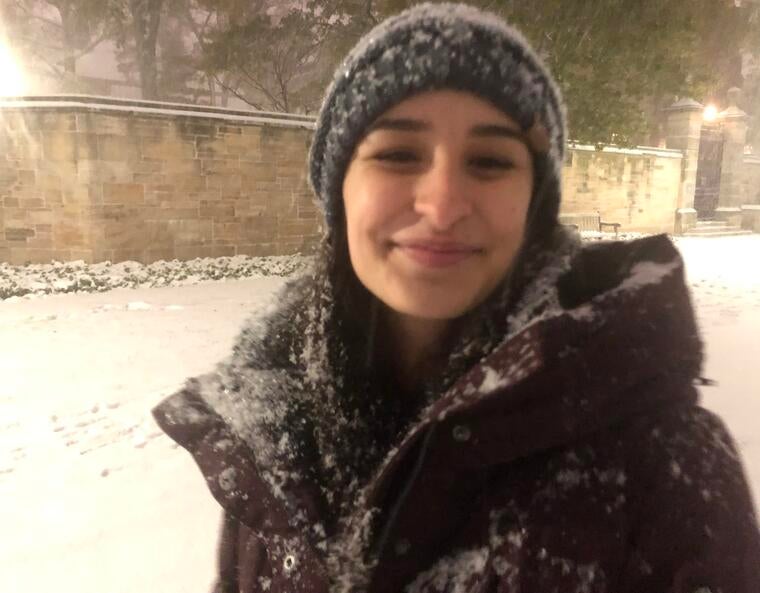
Tuesday night pitch meetings for DOWN at Yale have become my favorite time of the week. I joined DOWN—a student publication on campus that publishes work by and for students of color—the first semester of my first year, and this community of writers, artists, and revolutionaries has become the space I feel safest on campus. DOWN at Yale was founded “to be a space for writers of color to generate and disseminate work of all genres, long-form nonfiction narrative to fiction, poetry, art, investigative journalism, and more.”
I loved writing when I was in high school, but I never got a chance to explore it in an extracurricular context—my school didn’t have a newspaper or student publication. After I took English 114 the summer before my first year, a senior that I really admired encouraged me to check out DOWN, so I did. I quickly found it to be a conducive space for me to explore writing without the pressure of perfection or prior experience. My favorite thing about DOWN is that we don’t operate like a newspaper; we operate like a collective of individuals choosing to explore our craft together. There is no expectation for writers to churn out work on a weekly basis, or even come to every meeting every week. The editors have always understood that before we are writers or students, we are humans with rich inner and outer lives and that takes priority. Still, the space exists every week for all of us to meet and talk about our thoughts on the world together and, if anyone wants to explore those feelings in word, we give them a safe place to do so.
The life cycle of a DOWN article is as follows: somebody brings an idea to our pitch meetings (often, this sounds like “Oh my god, did you guys see…” or “I can’t believe that…” The more feelings they have about the thing, the better). Then, the editors will ask them if they might want to write about it. They can claim the pitch, or pass on it and give it to another writer. The editors ask when they should check in with the writer—there are no “dead”lines, just target dates so we can organize ourselves. Usually, an editor will meet with a new writer to brainstorm together. Then the draft is sent in, edited by the person in charge of that section of the magazine, and by the following Friday, the piece is up on our website!
